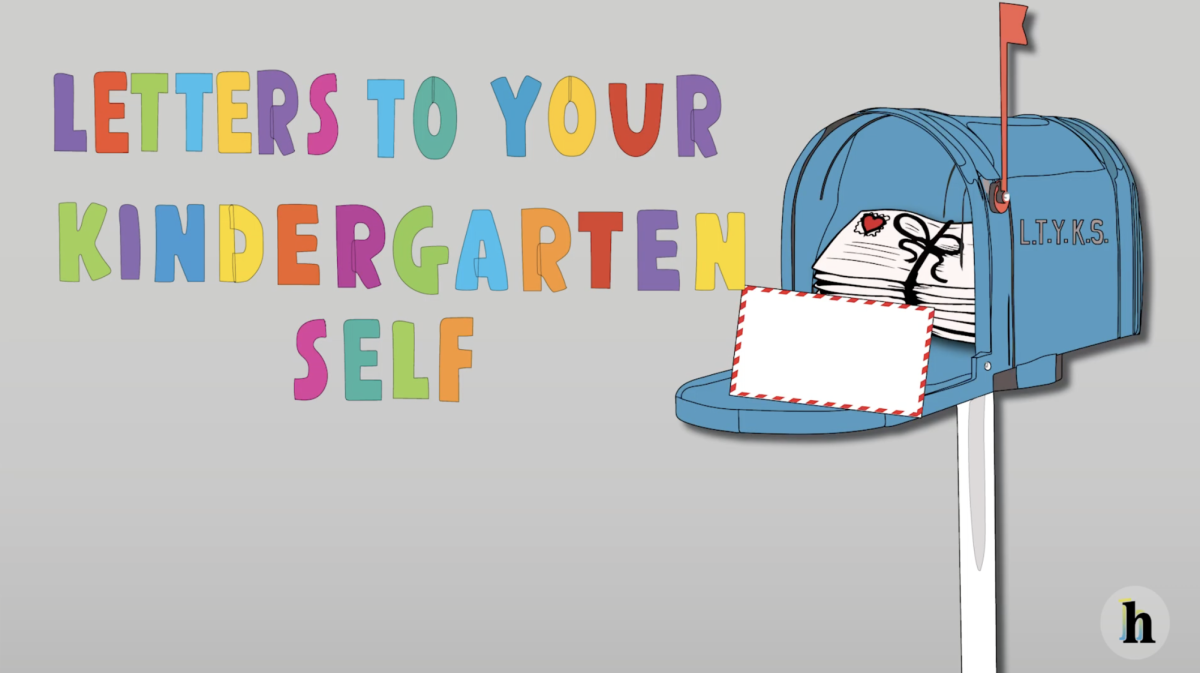![Review: Gossip Girl’s intrigue, iconography and cultural prevalence solidify it as the best teen drama of all time [MUSE]](https://hilite.org/wp-content/uploads/2023/11/unnamed.jpg)
Released in September 2007, “Gossip Girl” has made an illustrious impact on pop culture and has redefined the teen entertainment industry. Its iconic characters, scandalous storylines, and untouchable nature cement it as a cultural phenomenon.
For some background, “Gossip Girl” focuses on rich, spoiled teenagers from Manhattan involving themselves in controversies under the watchful eye of an unknown gossip mogul dubbed “Gossip Girl”. The story follows five main characters, Serena, Blair, Chuck, Nate and Dan (the outsider). The story starts with Serena coming back from a year-long disappearance and Dan slowly finding his way into the main group, which he’s been excluded from due to his lower economic status. As the story continues, secrets are revealed, people are killed and Gossip Girl is never far away from the drama.
One of my favorite parts of “Gossip Girl”, which separates it from most other teen dramas of the time, is the complexity and character growth of the main characters. All of the characters are based on popular teenager archetypes and are expanded to become so much more. We start with Serena van der Woodsen, who fulfills the “dumb blonde” and “life of the party” stereotypes. But after her reconnection to her father, failed relationships, and struggles with alcoholism, she starts to utilize her kindness, charisma, and compassion to always stick up for people who have been wronged. In a similar fashion, Nate Archibald, who is considered to be the “dumb jock”, recovers from his dad’s jail time, relationships with older women and lack of self-worth, to become the owner of a notable newspaper and future mayor of NYC. Dan Humphrey, originally the “outsider”, becomes the ultimate insider by learning from his relationship with Serena, coming to terms with his own insecurities and ending up being a celebrated writer.
Next, Blair Waldorf, my favorite character, is supposed to be a typical “mean girl”, but ends up being so much more. Her issues with bulimia, a poor family dynamic, toxic relationships and relentless desire for success made her a conniving, dangerous and feared queen of high school. Yet when college rolls around, Blair learns to accept her imperfections, mends her relationship with Chuck and overcomes her fear of failure to become an established businesswoman, fashion designer and mother. Last but not least, Chuck Bass is portrayed as the “playboy” of the group. He’s a known womanizer, with serious daddy/mommy issues, is emotionally unavailable, abusive and tends to think his wealth allows him to do anything his heart desires. But as the show progresses, Chuck undergoes significant character growth by embracing his love for Blair, losing money for love and reaping the benefits as the show ends with his being a successful businessman and the loving father he never had.
 Although all of these characters were incredibly problematic throughout the show and some of their actions can never be validated (looking at you Chuck), I believe it was essential to portray the main characters as terrible people to fulfill the main idea of the story. This story isn’t about redemption per se, but it is about letting go of material desires and unholy acts to embrace a future defined by healthy relationships rather than drama, vindication, popularity and wealth. In fact, I think the whole idea behind “Gossip Girl” is to showcase the fragility of popularity, power, and wealth, all of which are demonstrated through these expertly curated characters.
Although all of these characters were incredibly problematic throughout the show and some of their actions can never be validated (looking at you Chuck), I believe it was essential to portray the main characters as terrible people to fulfill the main idea of the story. This story isn’t about redemption per se, but it is about letting go of material desires and unholy acts to embrace a future defined by healthy relationships rather than drama, vindication, popularity and wealth. In fact, I think the whole idea behind “Gossip Girl” is to showcase the fragility of popularity, power, and wealth, all of which are demonstrated through these expertly curated characters.
Characters aside, Gossip Girl had a bunch of other things going for it as well. The idea of the main villain being a gossip website exposing lies and secrets was never done before and came at the perfect time right before the complete explosion of social media. The villain being invisible and yet everywhere at the same time made Gossip Girl much more compelling than other popular shows at the time, like “The Vampire Diaries” or “The OC”.
Furthermore, the fashion, music, and media impact of “Gossip Girl” can never be ignored. The fashion was incredible, innovative and intriguing, which not only kept the audience’s attention, but also spurred fashion trends like Blair Waldorf’s iconic peplum tops. Also, most of the outfits are instantly recognizable and culturally iconic. If I were to mention Blair’s wedding dress or Serena’s Cotillion dress, people would automatically know what I was talking about. Even Chuck Bass’s scarves are cult favorites. The hold Gossip Girl had over the fashion industry and fashion, in general, cannot be understated and helps it reach its high level of iconography.
The music is also worth noting as certain scenes boosted the popularity of songs to icon status and automatically come to mind when listening to the song. For example, anytime I hear “Paparazzi” by Lady Gaga, my mind immediately thinks of the white party where Serena and Nate fake kiss. Whenever I hear “Whatcha Say” by Jason Derulo, I can’t help but associate it with the Thanksgiving episode. The ability of “Gossip Girl” to popularize and take over music is another example of its superiority in the teen drama genre.
Lastly, the show’s impact on media and pop culture cannot be overlooked. Not only did it create many quotable lines, memes, and TikTok edits, but it also paved the way for many teen dramas that came after it. It influenced the theme music and text harassment seen in “Pretty Little Liars”, the frenemy relationship trope in “Euphoria”, and the class conflict plot of “Elite”.
All in all, “Gossip Girl” has made an indestructible mark on popular culture throughout time. Its ability to reign in audiences, create multi-faceted characters, and influence all areas of pop culture, makes it the “queen bee” of teen dramas. So next time you’re trying to decide what to watch on Netflix, choose “Gossip Girl” to envelop yourself in the most influential piece of media created in the 2000s.
You know you’ll love it.
Xoxo Mahitha Konjeti
On this blog, members of the Carmel High School chapter of the Quill and Scroll International Honorary Society for High School Journalists (and the occasional guest writer) produce curations of all facets of popular culture, from TV shows to music to novels to technology. We hope our readers always leave with something new to muse over. Click here to read more from MUSE.





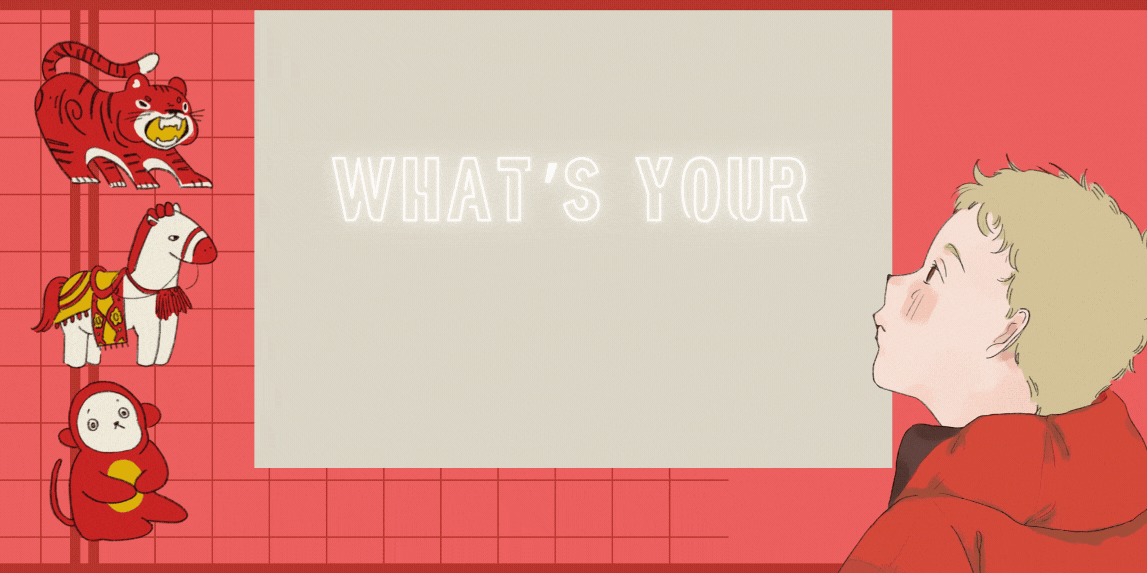



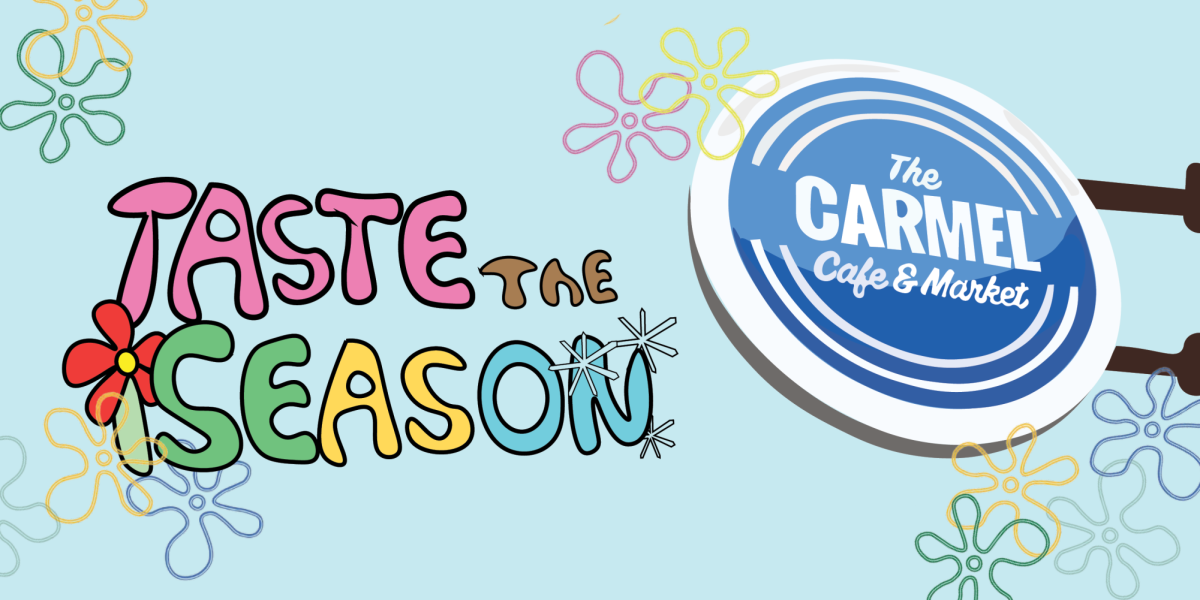






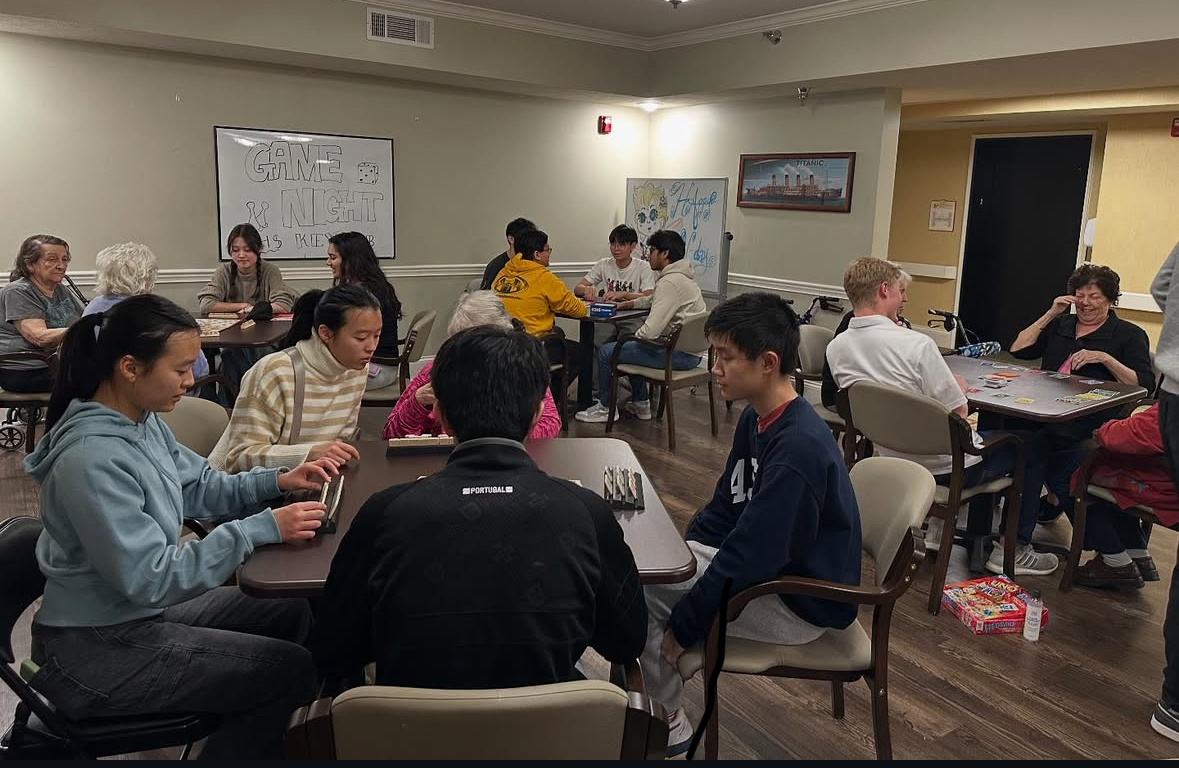

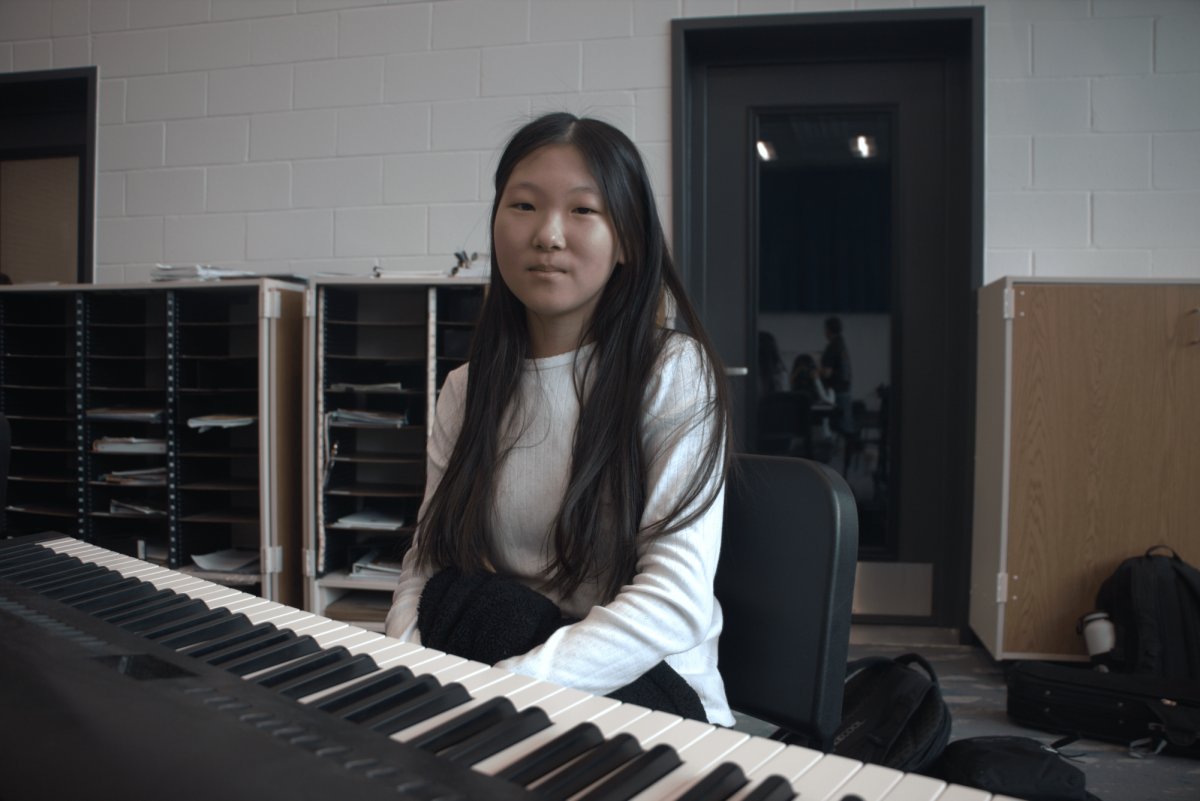


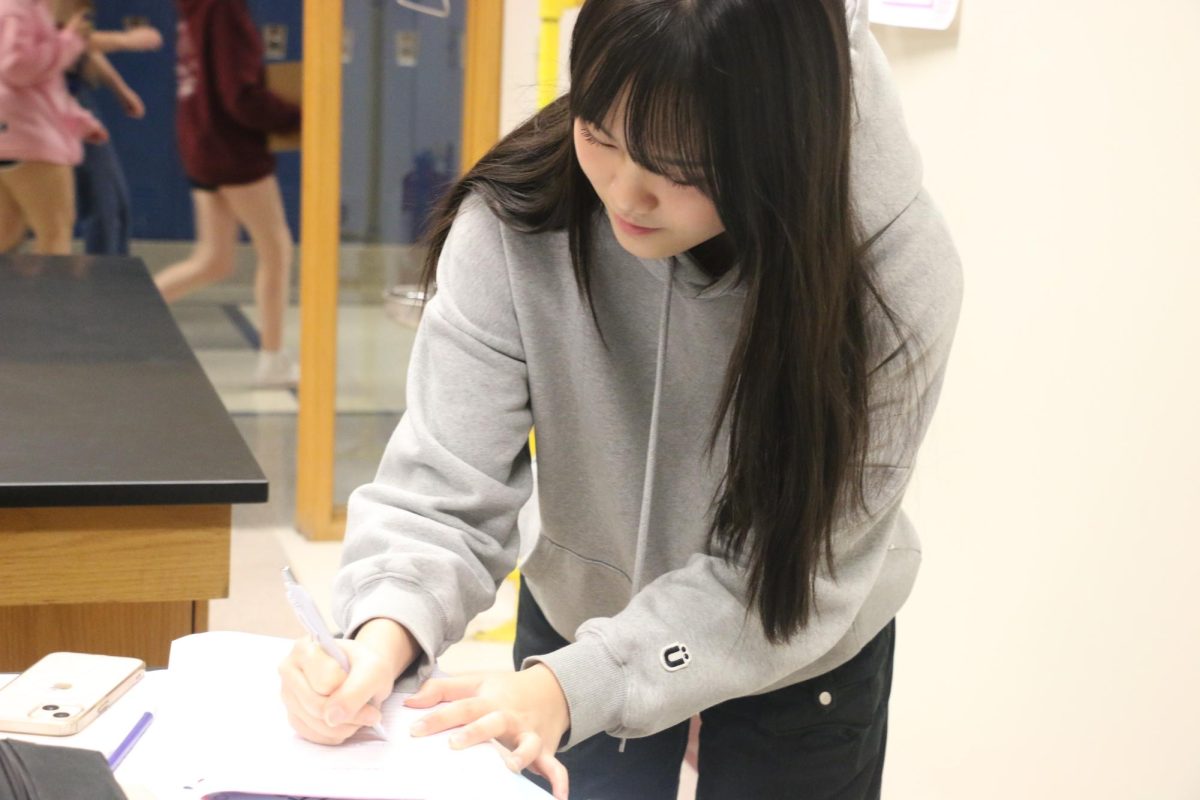











![AI in films like "The Brutalist" is convenient, but shouldn’t take priority [opinion]](https://hilite.org/wp-content/uploads/2025/02/catherine-cover-1200x471.jpg)
















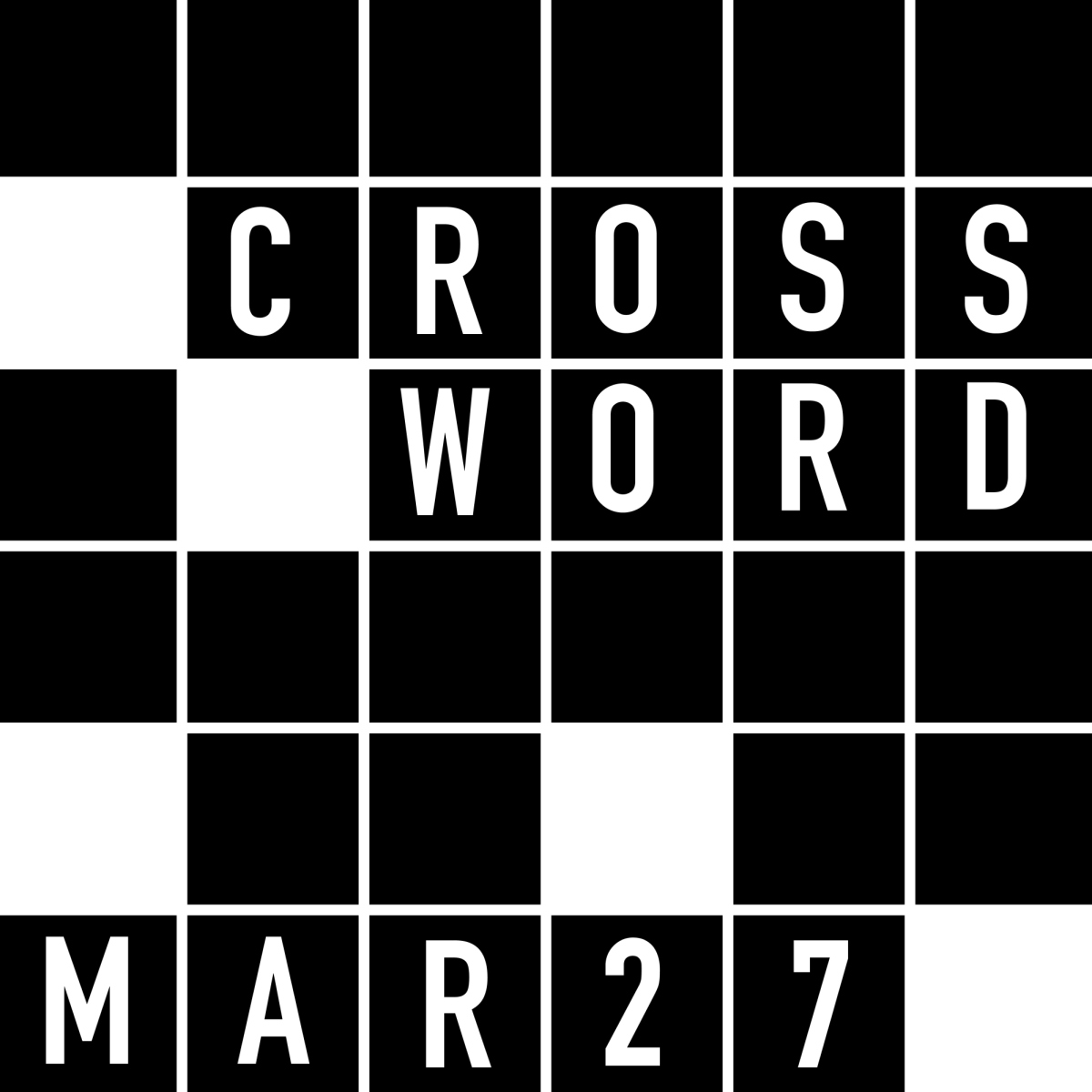










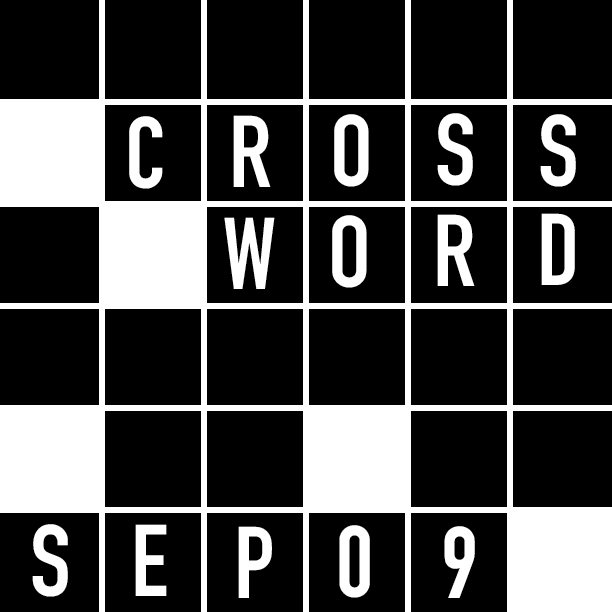





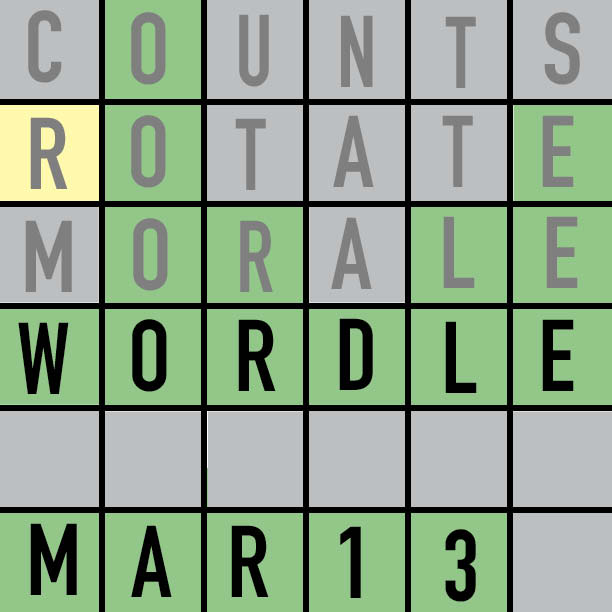








![Review: “The Immortal Soul Salvage Yard:” A criminally underrated poetry collection [MUSE]](https://hilite.org/wp-content/uploads/2025/03/71cju6TvqmL._AC_UF10001000_QL80_.jpg)
![Review: "Dog Man" is Unapologetically Chaotic [MUSE]](https://hilite.org/wp-content/uploads/2025/03/dogman-1200x700.jpg)
![Review: "Ne Zha 2": The WeChat family reunion I didn’t know I needed [MUSE]](https://hilite.org/wp-content/uploads/2025/03/unnamed-4.png)
![Review in Print: Maripaz Villar brings a delightfully unique style to the world of WEBTOON [MUSE]](https://hilite.org/wp-content/uploads/2023/12/maripazcover-1200x960.jpg)
![Review: “The Sword of Kaigen” is a masterpiece [MUSE]](https://hilite.org/wp-content/uploads/2023/11/Screenshot-2023-11-26-201051.png)
![Review: Gateron Oil Kings, great linear switches, okay price [MUSE]](https://hilite.org/wp-content/uploads/2023/11/Screenshot-2023-11-26-200553.png)
![Review: “A Haunting in Venice” is a significant improvement from other Agatha Christie adaptations [MUSE]](https://hilite.org/wp-content/uploads/2023/11/e7ee2938a6d422669771bce6d8088521.jpg)
![Review: A Thanksgiving story from elementary school, still just as interesting [MUSE]](https://hilite.org/wp-content/uploads/2023/11/Screenshot-2023-11-26-195514-987x1200.png)
![Review: "When I Fly Towards You", cute, uplifting youth drama [MUSE]](https://hilite.org/wp-content/uploads/2023/09/When-I-Fly-Towards-You-Chinese-drama.png)
![Postcards from Muse: Hawaii Travel Diary [MUSE]](https://hilite.org/wp-content/uploads/2023/09/My-project-1-1200x1200.jpg)
![Review: "Ladybug & Cat Noir: The Movie," departure from original show [MUSE]](https://hilite.org/wp-content/uploads/2023/09/Ladybug__Cat_Noir_-_The_Movie_poster.jpg)
![Review in Print: "Hidden Love" is the cute, uplifting drama everyone needs [MUSE]](https://hilite.org/wp-content/uploads/2023/09/hiddenlovecover-e1693597208225-1030x1200.png)
![Review in Print: "Heartstopper" is the heartwarming queer romance we all need [MUSE]](https://hilite.org/wp-content/uploads/2023/08/museheartstoppercover-1200x654.png)

